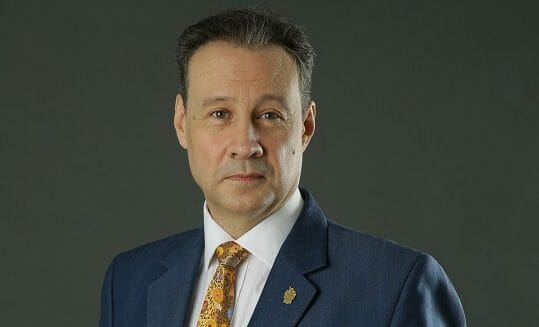It’s a common misunderstanding among many business leaders that it is always their responsibility to initiate and develop all the new ideas in their team. This is not only wrong, it can actually be very bad for business. While it is certainly true that most leaders are intelligent and creative people with the capacity to generate lots of new ideas, in almost every human activity the science and our own experience shows us that groups of people outperform individuals. This means that cohesive teams – that is teams where people trust each other and feel confident to discuss ideas openly – are better at generating, shaping and improving ideas than any single leader will ever be. This is why in the long run democracies always beat autocracies.
The best leaders realise their limitations and understand that their real role is leading and deciding, not inventing and developing. Effective leaders make the best possible decisions by choosing from the options put forward by their team and by then ensuring that whatever decision is made is properly executed. Over the last 100 years there has been a lot of empirical research conducted to understand how leaders can make better decisions and in this article I’m going summarise that research by setting out a process of five simple steps that will help you make better decisions as a leader.
The first thing is to define the problem or issue that is being tackled and about which a decision needs to be made. Precious time and energy should be focused on the things that matter, so leaders need to clarify the challenge that needs to be addressed and make sure that the team is focused on tackling the actual problem, not wasting time of irrelevant issues.
The next step is to gather as much information and generate as many ideas as possible. This is where a team can really demonstrate value by exploring and researching many different perspectives, by consulting with a broad range of stakeholders, and by sifting all the important facts. This is also the point at which lots of alternative options should be produced, and again a cohesive team can play a really important role by brainstorming to develop as many different suggestions and potential approaches as possible.
The third stage is to analyse the available information and consider the viability of the different options. This is not simply a matter of picking what seems most obvious or easiest. Effective leaders try to be aware of their own biases and to avoid making decisions based on personal preferences or feelings. They also try to take into account the values and culture of the organisation, and what is actually practical for the company. Critically evaluating each option, testing the logic of the proposed solution, thinking through the potential risks and benefits, will all help to identify which option or options are likely to be best. Of course, in many situations there is not a simple or perfect solution, so when there are two or more competing options it can be helpful to list all the positive and potentially negative impacts of any particular approach and rank them, perhaps by giving each item a rating between -3 and +3. This will force you think carefully about the individual impacts of each option, and when you add the scores together the totals will give a rough cost-benefit comparison between the options.
Once a decision has been made, the next step is to execute. The ways in which any decision is implemented have a very large bearing on whether or not the overall result will be success. Good decisions that are badly implemented will be of little benefit, bad decisions which are very efficiently implemented can be disastrous. This again where a team can increase the chances of success by developing different action plans and monitoring progress to ensure that implementation is smooth, meets little or no resistance, and achieves the desired outcomes.
Implementing a decision is not the end of the decision-making process because initiatives which are launched and forgotten almost always fail. It is really important for the leader to track progress and assess outcomes. If problems or more issues arise then it will be necessary to change or adapt plans to ensure that the original big decision is having the expected benefits. Again an effective team can help with monitoring by gathering feedback and funnelling information back to the leader, and the leader needs to be open to this feedback and willing to be flexible in their approach. As part of this monitoring process it can also be very useful to examine how each of the preceding steps have influenced or impacted the results on the ground. By evaluating how the problem was identified, how information was gathered and how the options were analysed, it is often possible to highlight potential weaknesses in the decision-making process so that they can be addressed in the future. Of course, the best decision of all for the future is to start to making better decisions now.
By Prof Hew Gill, Associate Provost, Sunway University









